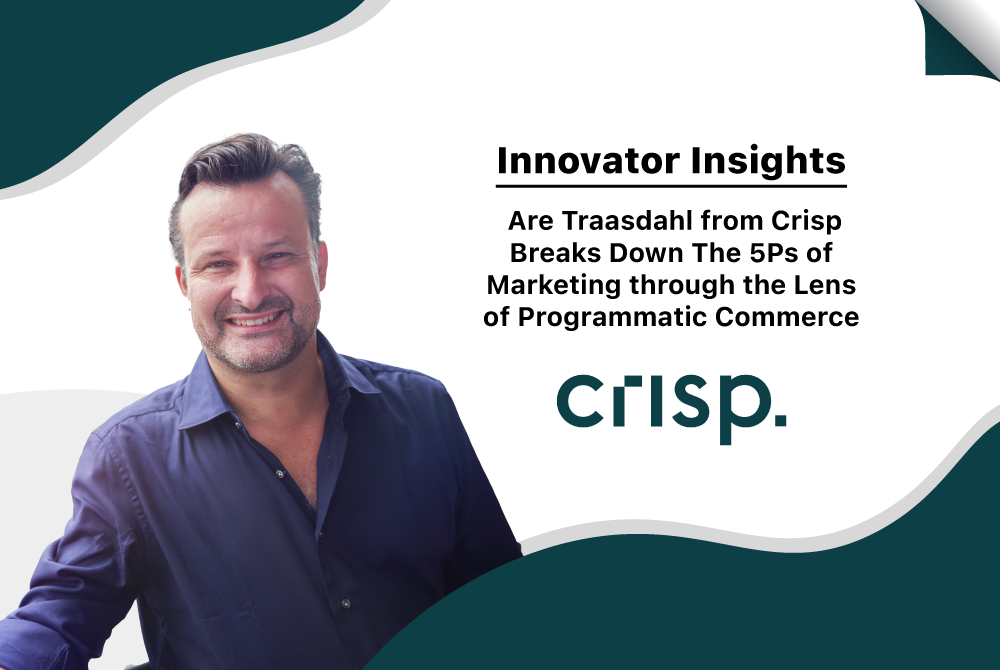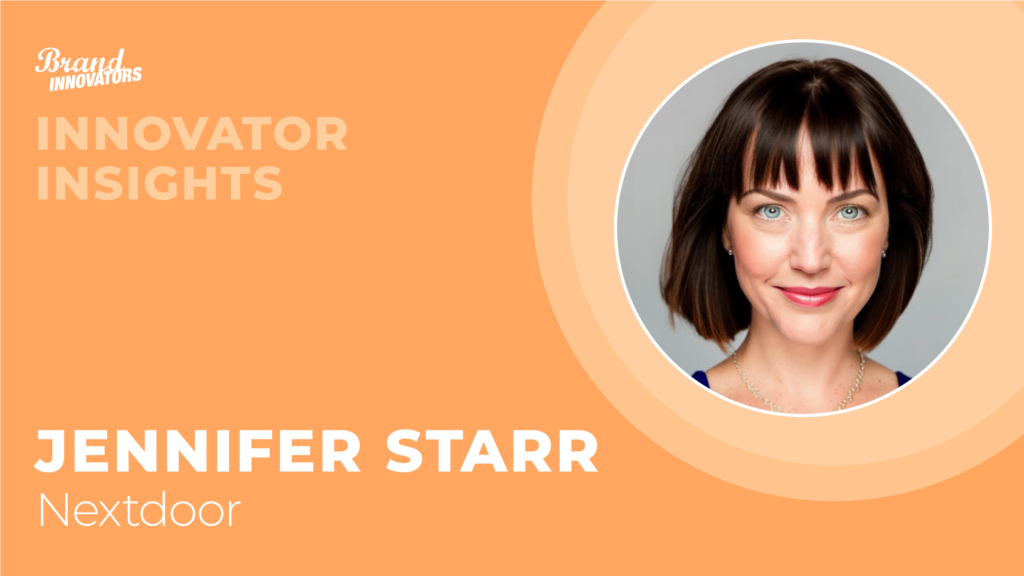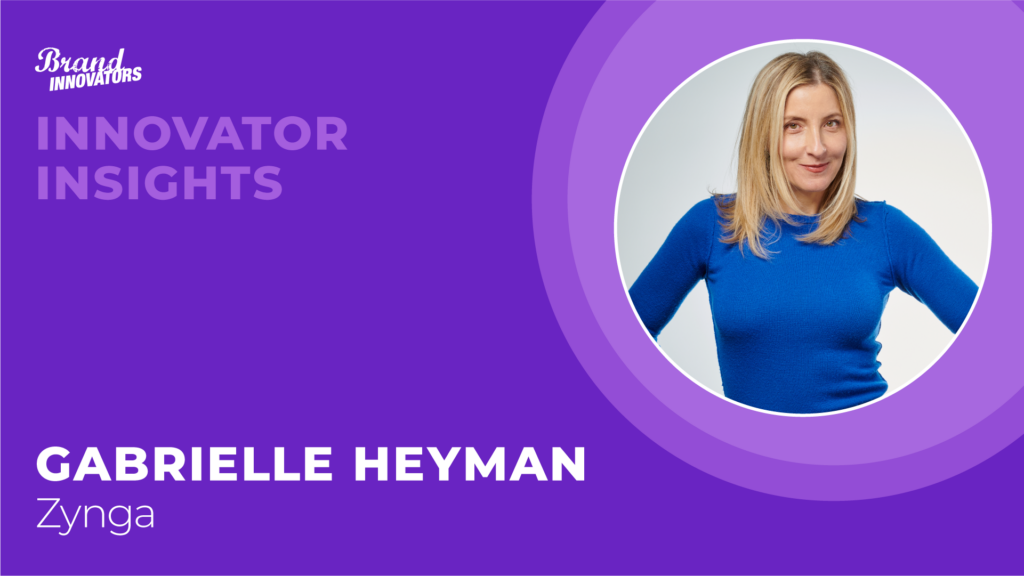Are Traasdahl is well aware of the famous five “Ps” of marketing, but he encourages marketers to refresh their approach to everything from people to pricing through a lens of ‘programmatic commerce.’
Mention the first P, for example, and the CEO of Crisp not only thinks of the word “People” but how brands need a 360-view portrait of the customer. The second P, “product,” is something he associates with terms like “collaborative innovation” and “assortment optimization.” Another famous P – “Price” – is not a number but a concept he ties to what Crisp calls “Precision Revenue Growth Management.”
This reimagining of marketing’s five Ps are at the heart of a recent study Crisp produced, which serves as a guide for consumer packaged goods (CPG) marketers who want to develop a successful omnichannel strategy. To Traasdahl, this calls for a new way of thinking about how CPG brands operate.
“An omnichannel-first mindset is not just about having a presence across multiple channels,” Traasdahl told Brand Innovators. “It’s about having a seamless ecosystem and an integrated digital and physical journey that provides consistency and convenience at every touchpoint.”
Crisp provides a data platform to empower marketers in this area that imports live sales and supply chain data from hundreds of retail and distributor portals, unifying it into a single console. This allows brands to pursue what Crisp calls “programmatic commerce,” which allows retailers and brands to test and learn together to adapt to consumer needs.
Too often, Traasdahl points out, the CPG sector suffers from a disjointed or outdated view of supply chain data that leads to brands promoting products that are out of stock, or failing to anticipate when there might be greater interest in other products. Programmatic commerce means less waste and, ultimately, greater profitability.
“Real-time sales and inventory data can feed directly into advertising platforms to adapt and target campaigns based on actual behavior, and product availability,” he explained. “It helps both suppliers and retailers identify potential disruptions, deploy resources, optimize assortments, and replenish both virtual and in-store shelves at speed and scale.”
Traasdahl got more specific about what programmatic commerce looks like in practice:
Omnichannel Is An Opportunity, Not An Obstacle
With COVID-19 forcing more consumers to use digital channels, some brands have struggled to adapt, and possibly see the steps they’ve taken as more of a temporary pivot.
Traasdahl suggested they should adopt a different approach. He pointed to brands like Kroger, which reported a 98% retention rate when customers engage in both in-store and online shopping.
“This is a good thing: the omnichannel customer shops more frequently, buys more on each visit, and is more loyal,” he said. “Another trend we’ve seen is that with in-store browsing curtailed and economic uncertainty, consumers are relying more heavily on pre-purchase research, so it’s important for brands and retailers to meet this need.”
Smart brands and retailers are already finding ways to provide value pre-purchase and during purchase, he added. This includes using AI-driven webchat, suggesting complementary items, building meal solution bundles by occasion and dietary requirements, and more.
Personalization Needs To Balance Customization And Segmentation
Traasdahl says programmatic commerce can help marketers tailor the shopper experience in a way that adds both relevancy and perceived value to the path-to-purchase through customization and segmentation.
“What’s even more exciting, marketers can leverage customer data and insights to adapt along a single customer’s journey, gaining feedback from each previous touchpoint,” he said.
What marketers should be aiming for is a way to determine their next best action and to deliver increasingly more relevant content, he said. Automated category performance insights across both digital and physical shelf distribution, for example, could let CPG brands make on-the-fly course corrections to their advertising or amplify programs based on product availability.
“Successful companies will view every touchpoint with the consumer as an opportunity to go beyond an isolated transaction, create new opportunities for engagement, and build a stronger brand relationship,” he said.
Pricing Should Never Be Considered Once-And-Done
CPG brands might consider a lot of factors when they initially set prices, such as categories, channels, markets, and consumer habits. The challenge, according to Traasdahl, is how to monitor how those factors evolve in real time.
By allowing retailers and brands to share data, programmatic commerce is intended to help tailor everyday and promoted prices to each channel and market in a way that engages consumers in their moment of decision.
“With the market shifting faster than ever before, pricing must become an ongoing and dynamic process,” he said. “Delivering selective, surgically focused prices can give companies new ways to compete and drive sales without sacrificing overall margin.”
To learn more about the 5Ps of advertising and programmatic commerce, download the Crisp whitepaper here.




